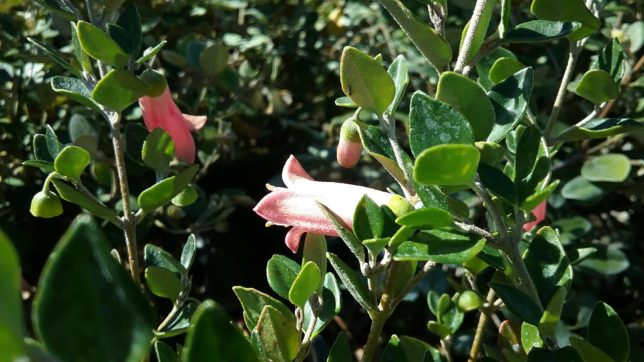
Australian native plants are blooming in the garden now. Plants from the “Land Down Under” are unique in form and flower – they are nothing like you will find elsewhere. Australian plants have unique shapes and colors and add interest to our winters when fewer things are blooming. Colorful Aussie Natives are happy California transplants and most are water wise.
Australia’s climate is Mediterranean, similar to central California, dry in summer with mild, wet winters. We are a bit cooler here in the winter. Most of these Aussie natives are hardy to 20 degrees F. They are evergreen and flower from winter through spring bringing a bright spot of color to our winter gardens and tend to be great in terms of low water use.
Grevillea is a large family of plants that range from low growing ‘Coastal Gem’ to shrub like ‘Robyn Gordon’ reaching 5-6′ tall that can reach a spread of up to 10′ wide. They have masses of tubular pink, red, cream and yellow flowers that the hummingbirds love. They are great on banks or hillsides. The shadier places in the garden will benefit from the Australian Fuchsias (Correas) with their hanging bells in shades of cream to red.
Westringia fruticosa ‘Mundi’ or White Flowering Coast Rosemary is a spreading evergreen shrub from Australia. Grows to 1-2′ feet and 4-6′ feet wide. Green to gray-green leaves have white undersides. Small whiteish, lavender flowers bloom from midwinter through spring in colder areas, and all year in milder climates. Needs light, well-drained soil.
Explore the possibilities!
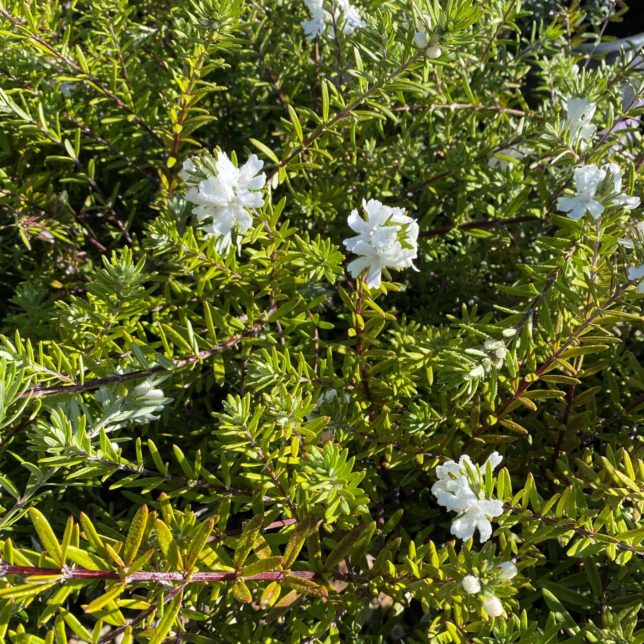
Westringia fruticosa ‘Mundi’ or White Flowering Coast Rosemary is a shrub with silvery leaves and beautiful flowers.
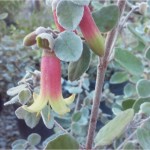
Correas or Australian Fuchsias are a wonderful collection of plants with flowers ranging from cream through pink and coral; they thrive in morning sun to light shade. They can tolerate full sun with deep soaking and mulching.
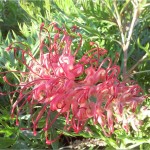
‘Robyn Gordon’ Grevillea (not currently in stock, but we are searching for) is a 5-6′ shrub with a 10′ spread sporting spectacular blooms fall through spring. It’s naturally drought tolerant.

Grevillea rosmarinifolia (dwarf form) is a compact shrub that grows about 2′ tall x 3′ wide. Likes sun to part shade and good drainage.

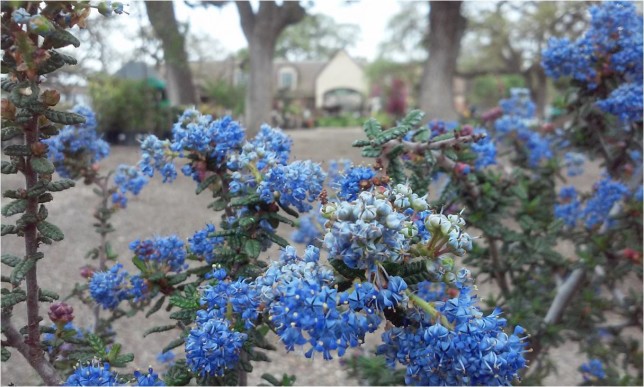
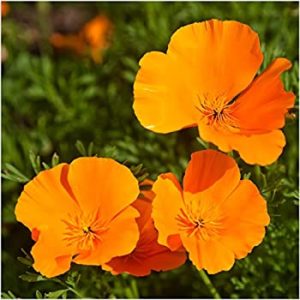
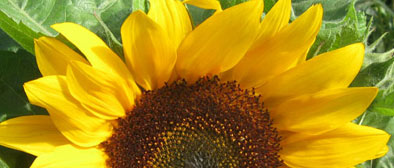 August is surprisingly good time to plant sunflowers from seed. Warm yellow sunflowers popping into bloom set the mood perfectly as days shorten and fall arrives. Make plans now for a seasonal transition.
August is surprisingly good time to plant sunflowers from seed. Warm yellow sunflowers popping into bloom set the mood perfectly as days shorten and fall arrives. Make plans now for a seasonal transition.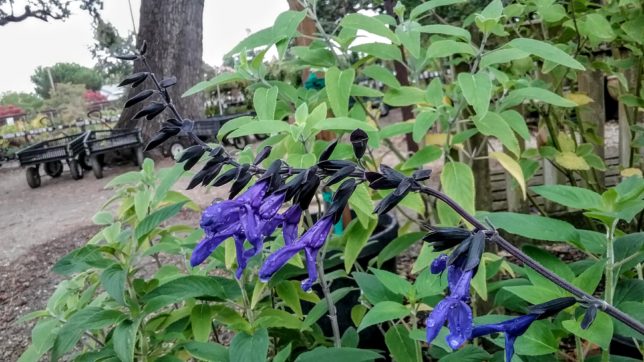
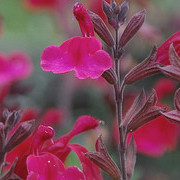 Salvia greggii – Known as Autumn Sage, this variety is available in a number of flower colors – red, yellow, pink, white and purple. Erect growth to about three feet with medium green foliage. Plant in full sun.
Salvia greggii – Known as Autumn Sage, this variety is available in a number of flower colors – red, yellow, pink, white and purple. Erect growth to about three feet with medium green foliage. Plant in full sun.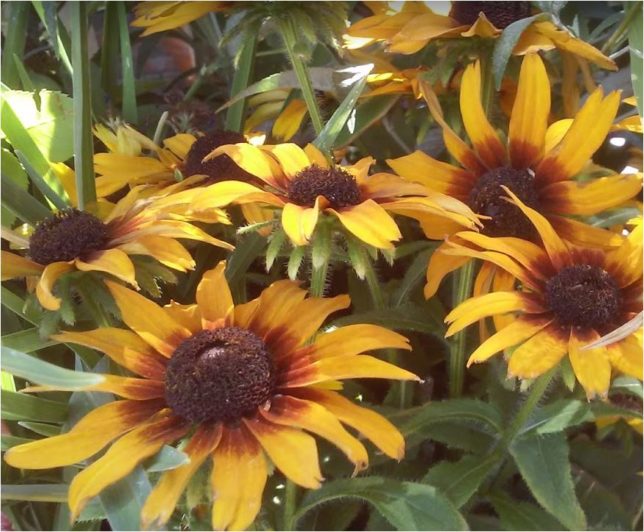
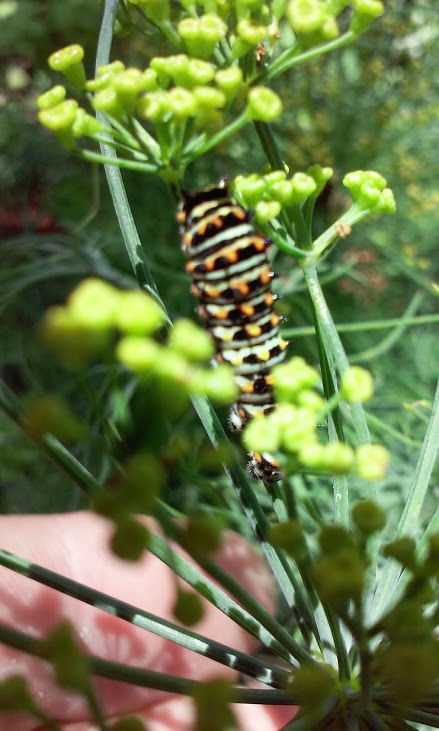
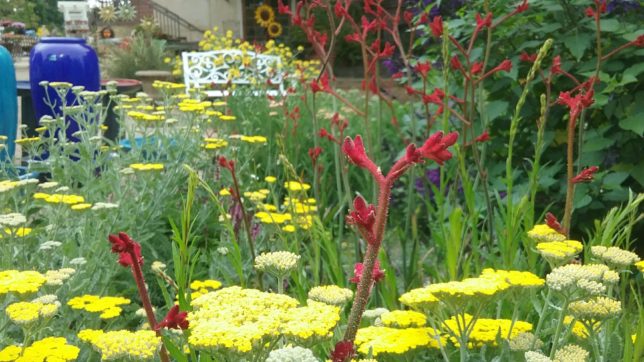
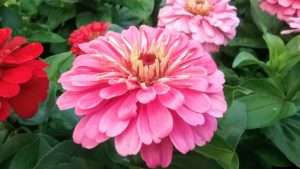 Zinnias make a brilliant addition to the summer flower garden, loved by novice and expert gardeners alike. The pollinators love them too! They bloom effortlessly from summer to frost, and the more you cut, the more they branch and bloom.
Zinnias make a brilliant addition to the summer flower garden, loved by novice and expert gardeners alike. The pollinators love them too! They bloom effortlessly from summer to frost, and the more you cut, the more they branch and bloom.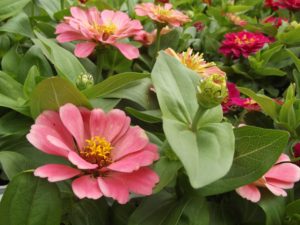
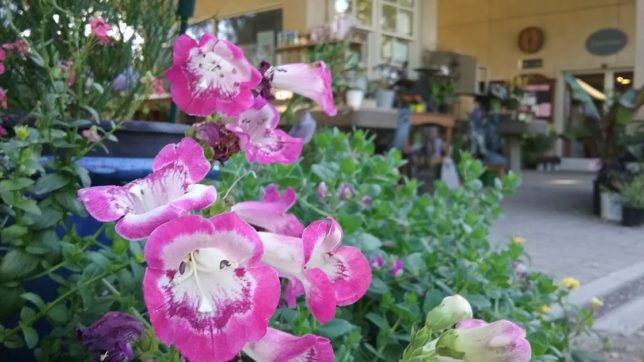
 Elegant and reliable perennials; valued by gardeners for their spires of foxglove-like flowers. Outstanding color varieties make it difficult to choose just one. Hummingbirds aren’t choosy; they like them all. Penstemon will perform all summer with regular deadheading, full sun & good garden soil.
Elegant and reliable perennials; valued by gardeners for their spires of foxglove-like flowers. Outstanding color varieties make it difficult to choose just one. Hummingbirds aren’t choosy; they like them all. Penstemon will perform all summer with regular deadheading, full sun & good garden soil. Gaura means “superb”, and it is. Imagine tall, loose wands of pinkish white stars, dancing on the wind. From spring to fall, this plant will flourish on a hot, dry slope, and in many other water-restricted sites. Blended with other perennials, it serves as a softening element for brighter colors. Give it a full season to establish.
Gaura means “superb”, and it is. Imagine tall, loose wands of pinkish white stars, dancing on the wind. From spring to fall, this plant will flourish on a hot, dry slope, and in many other water-restricted sites. Blended with other perennials, it serves as a softening element for brighter colors. Give it a full season to establish.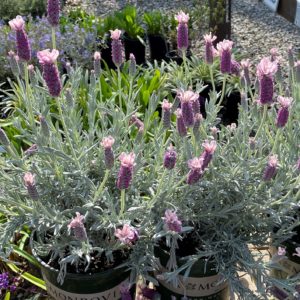
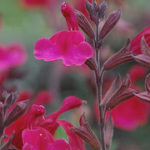 Known as Autumn Sage, they are available in a number of flower colors – red, yellow, pink, white and purple. Erect growth to about three feet with medium green foliage. Blooms for much of the season, spring through fall. Plant in full sun.
Known as Autumn Sage, they are available in a number of flower colors – red, yellow, pink, white and purple. Erect growth to about three feet with medium green foliage. Blooms for much of the season, spring through fall. Plant in full sun.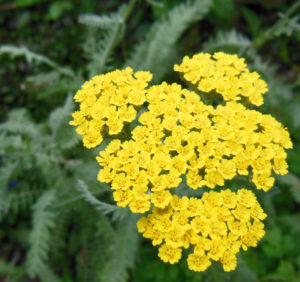
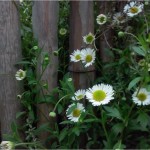 One of the easiest daisies to grow, and very water-wise. Adds sparkle to the flower garden, usually grows about 12″ high and 18″ wide. Blooms heavily in spring and then moderately through the warm season.
One of the easiest daisies to grow, and very water-wise. Adds sparkle to the flower garden, usually grows about 12″ high and 18″ wide. Blooms heavily in spring and then moderately through the warm season.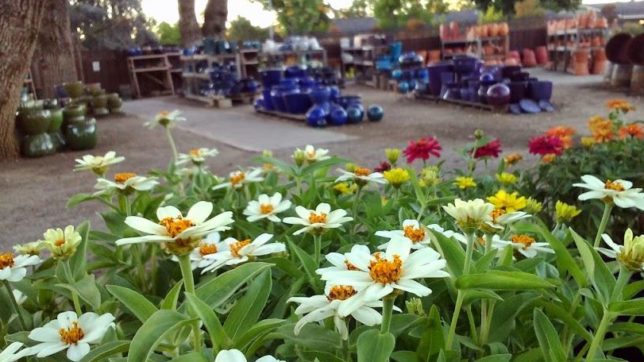
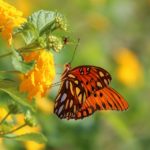 Flowers in reds and yellows provide a nectar source for butterflies.
Flowers in reds and yellows provide a nectar source for butterflies.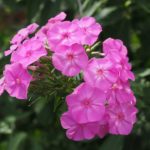 Butterflies and hummingbirds take nectar from the white and purple flowers. Other birds feed on the seeds in the fall.
Butterflies and hummingbirds take nectar from the white and purple flowers. Other birds feed on the seeds in the fall.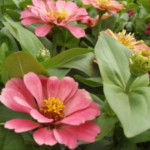
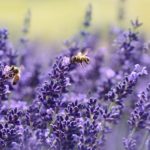 Fragrant purple flowers attract butterflies for nectar.
Fragrant purple flowers attract butterflies for nectar.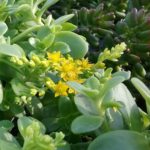 Butterflies take nectar from the small pink flowers that bloom from August to September.
Butterflies take nectar from the small pink flowers that bloom from August to September.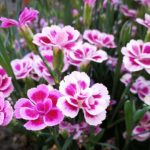 Red, white, rosy purple flowers provide nectar for butterflies.
Red, white, rosy purple flowers provide nectar for butterflies.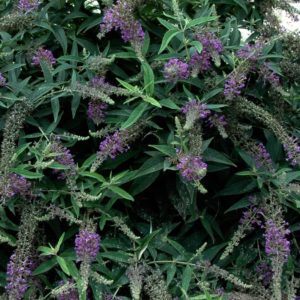
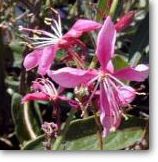 Can almost bloom its heart out. May remain in bloom 6 or more months. 2-3′ high and wide. Attracts hummers and butterflies.
Can almost bloom its heart out. May remain in bloom 6 or more months. 2-3′ high and wide. Attracts hummers and butterflies.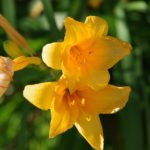 Easy to grow, strap leaves are a nice contrast. Flowers are 2-3′ and attract both hummingbirds and butterflies.
Easy to grow, strap leaves are a nice contrast. Flowers are 2-3′ and attract both hummingbirds and butterflies.